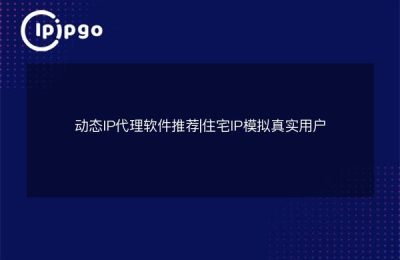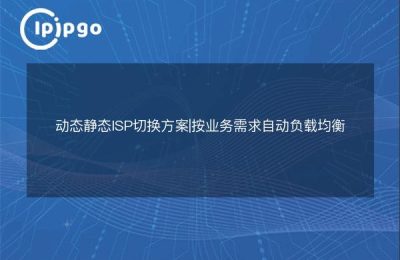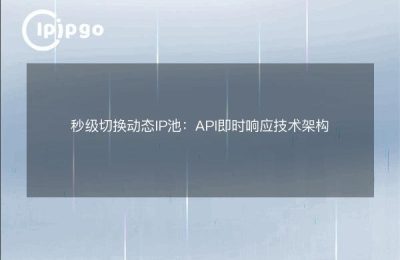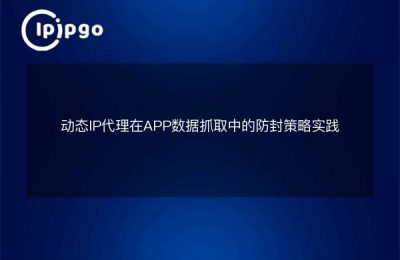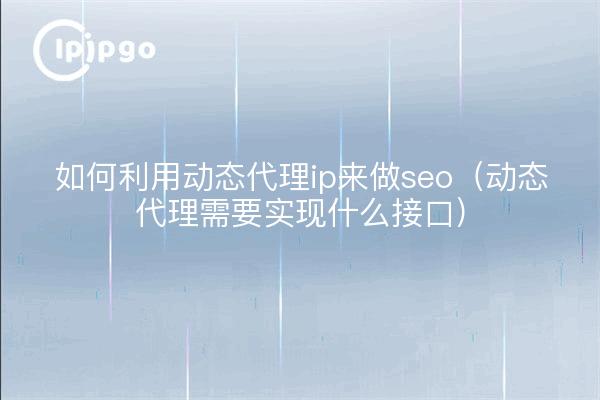
The beauty of dynamic proxy ip
Today, I'm going to share with you the wonders of dynamic proxy ip and how to utilize dynamic proxy ip for SEO.Before we get to that topic, let's talk about what dynamic proxies are.
Dynamic proxies, as the name suggests, are a type of proxy, but they are more flexible than other proxies. As we all know, proxies can be used to hide the real IP address to protect our privacy. However, static proxies can only be written to death, and every time you need to change the proxy, you need to change it manually, which is very troublesome. Dynamic proxies, on the other hand, are different in that they can automatically generate proxy classes at runtime to adapt to different needs, making it easier for us to use them.
Using dynamic proxy ip for SEO
SEO (Search Engine Optimization) is the process of tweaking the content and structure of a website to make it more recognizable and retrievable in the search engines, thus increasing the traffic and ranking of the website. If you are an SEOer, you will find that once your IP is blocked by the search engine, then your SEO work will be affected. This is when dynamic proxy ip becomes your savior.
So what interface does a dynamic proxy need to implement? The answer is java.lang.reflect.InvocationHandler. this interface defines an invoke method that is called dynamically when the proxy object's method is called. We can utilize this method to avoid being blocked by automatically switching the proxy ip on every request.
Here is a simple example:
"`java
public class DynamicProxy implements InvocationHandler {
private Object target.
public DynamicProxy(Object target) {
this.target = target;
}
@Override
public Object invoke(Object proxy, Method method, Object[] args) throws Throwable {
// Switch proxy ip here
Proxy proxy = new Proxy(Proxy.Type.SOCKS, new InetSocketAddress("127.0.0.1", 1080));
HttpURLConnection connection = (HttpURLConnection) new URL(url).openConnection(proxy);
return method.invoke(target, args);
}
}
“`
In this code, we have implemented the InvocationHandler interface and switched the proxy ip in the invoke method. Next, we need to create the proxy object using the Proxy class:
"`java
public static void main(String[] args) {
RealObject realObject = new RealObject();
DynamicProxy dynamicProxy = new DynamicProxy(realObject);
Object proxyInstance = Proxy.newProxyInstance(
realObject.getClass().getClassLoader(),
realObject.getClass().getInterfaces(),
dynamicProxy);
TargetInterface target = (TargetInterface) proxyInstance;
target.method();
}
“`
Here, we pass the RealObject object into DynamicProxy and create a proxy object using the Proxy class, and finally we can use the proxy object as if it were a RealObject.
To summarize, dynamic proxy ip can reduce our SEO workload and avoid being blocked by search engines. The interface that needs to be implemented is InvocationHandler, through which we can automatically switch the proxy ip at each request. hope this article can help you, thank you for reading!

